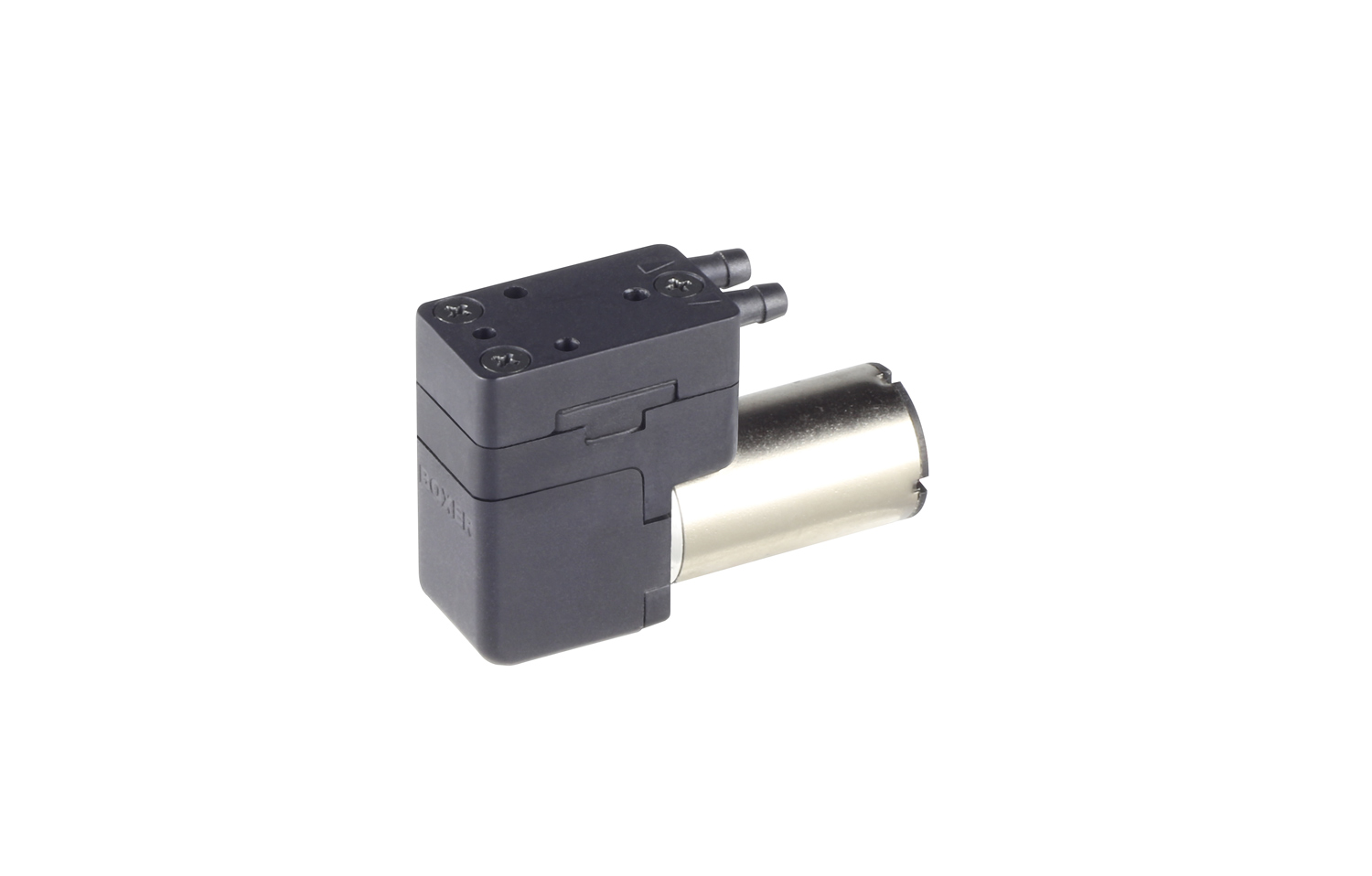
› Flow to 550 ml/min
› Pressure to +800 mbar
› Vaccum to -500 mbar
› 12mm width body
› Iron core and coreless motors
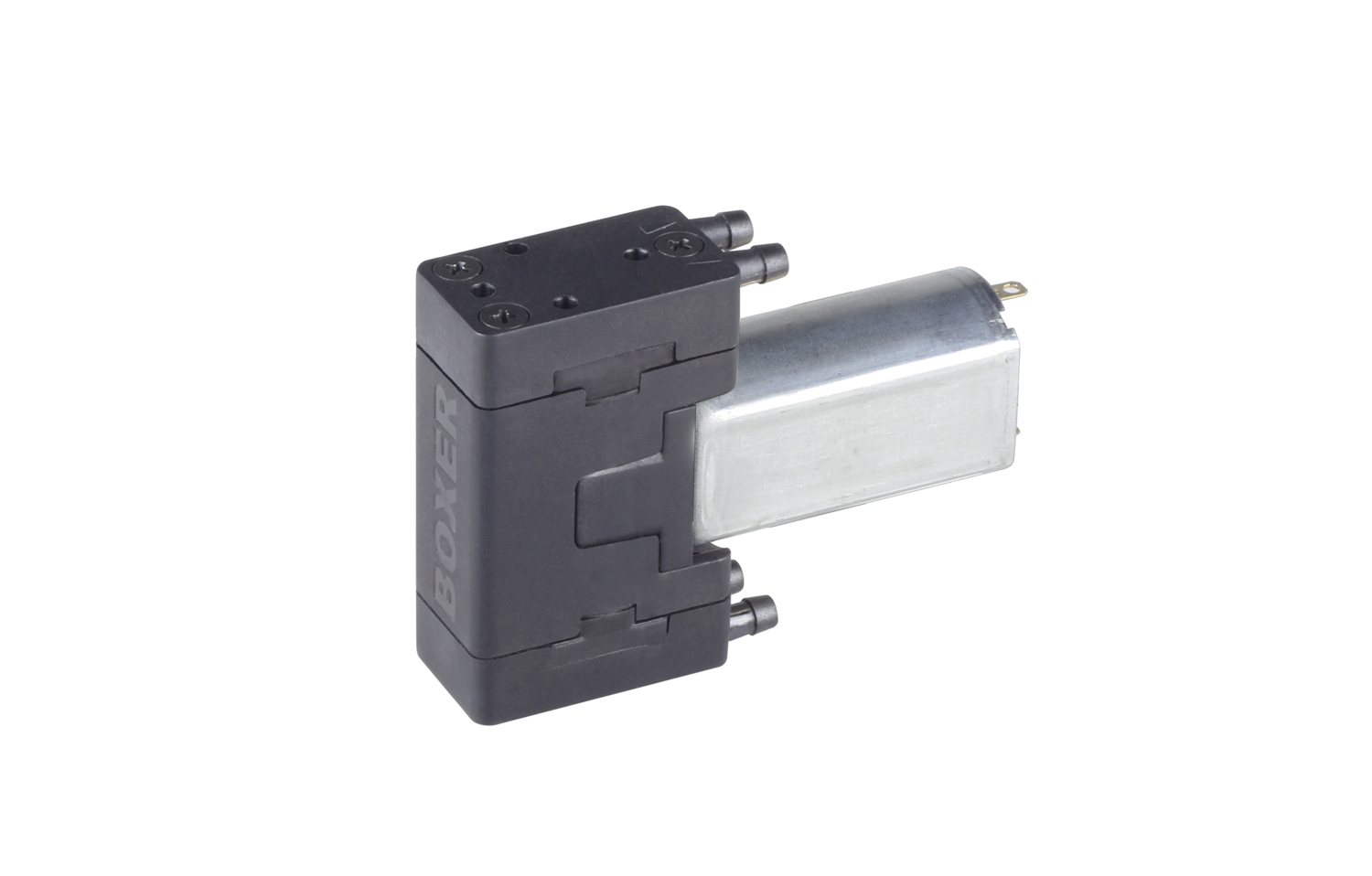
› Pressure to +1.5 bar
› Vaccum to -700 mbar
› 12mm width body
› 2 heads / gas paths
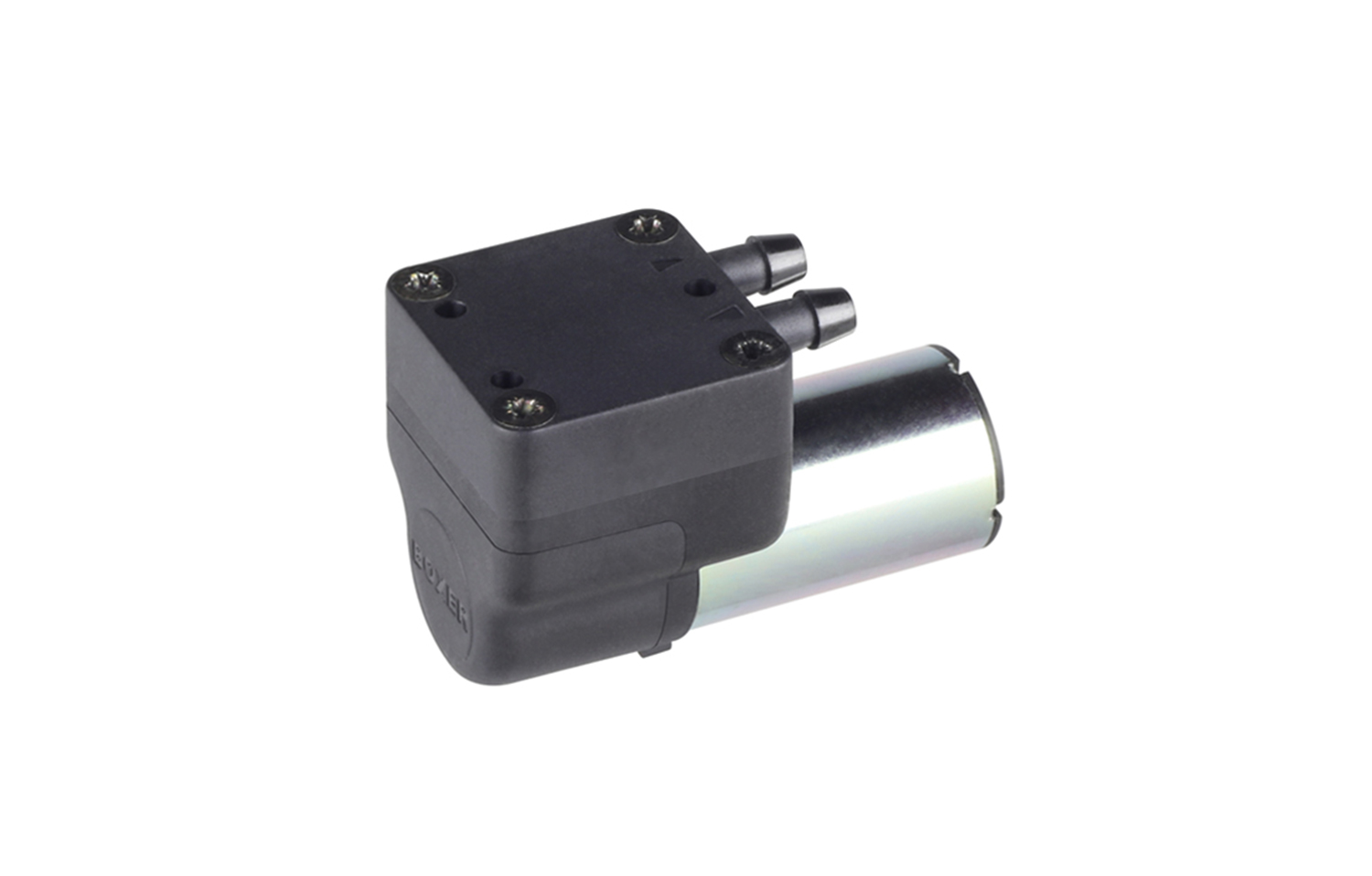
› Flow to 1.4 l/min
› Pressure to +550 mbar
› Vaccum to -450 mbar
› Iron core and coreless motors
› Economic

› Flow to 2.4 l/min
› Pressure to +450 mbar
› Vaccum to -450 mbar
› 12mm width body
› Minmimised sound / vibration
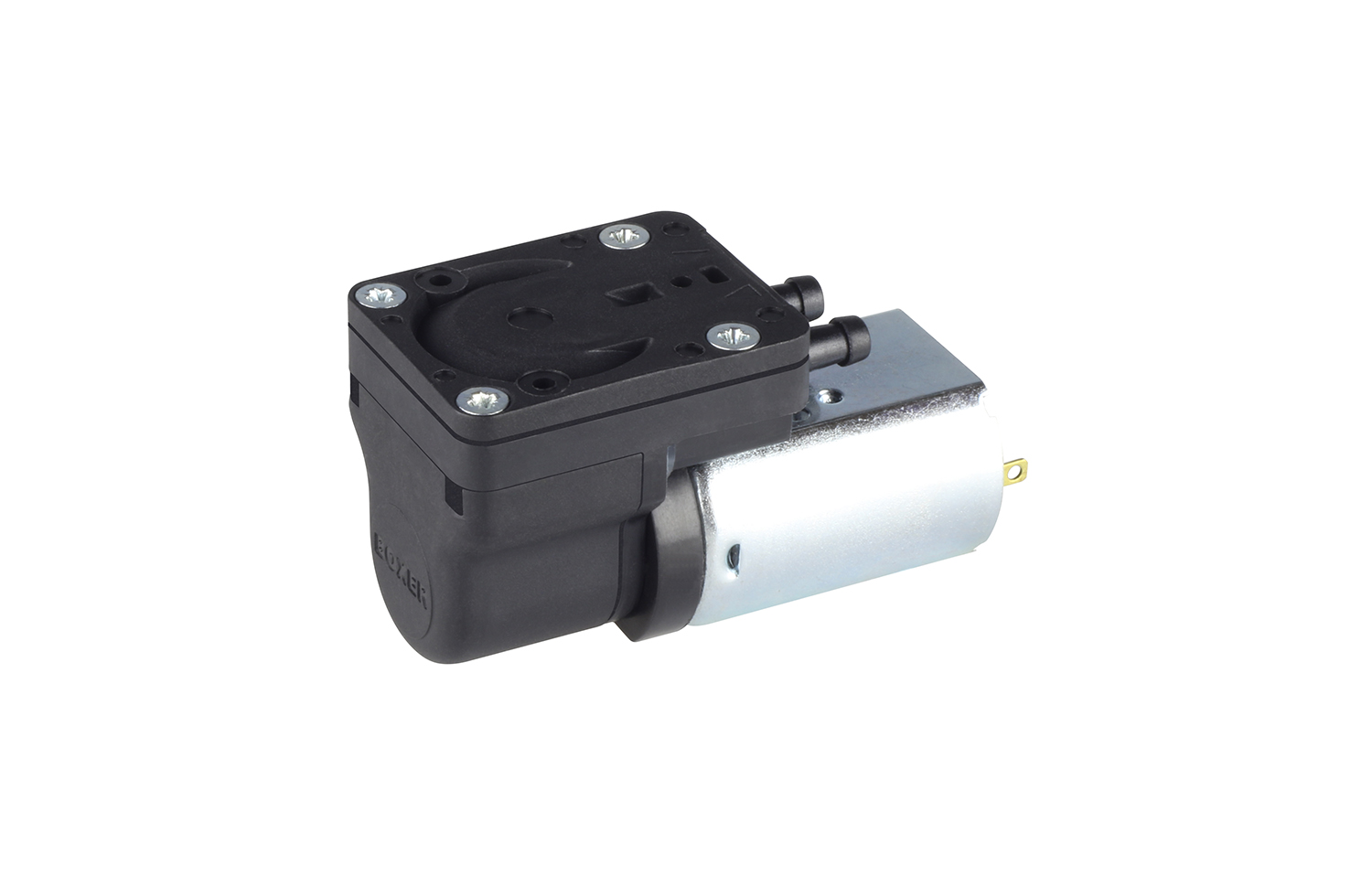
› Flow to 1.8 l/min
› Pressure to +500 mbar
› Vaccum to -450 mbar
› Compact
› Brushless motor option
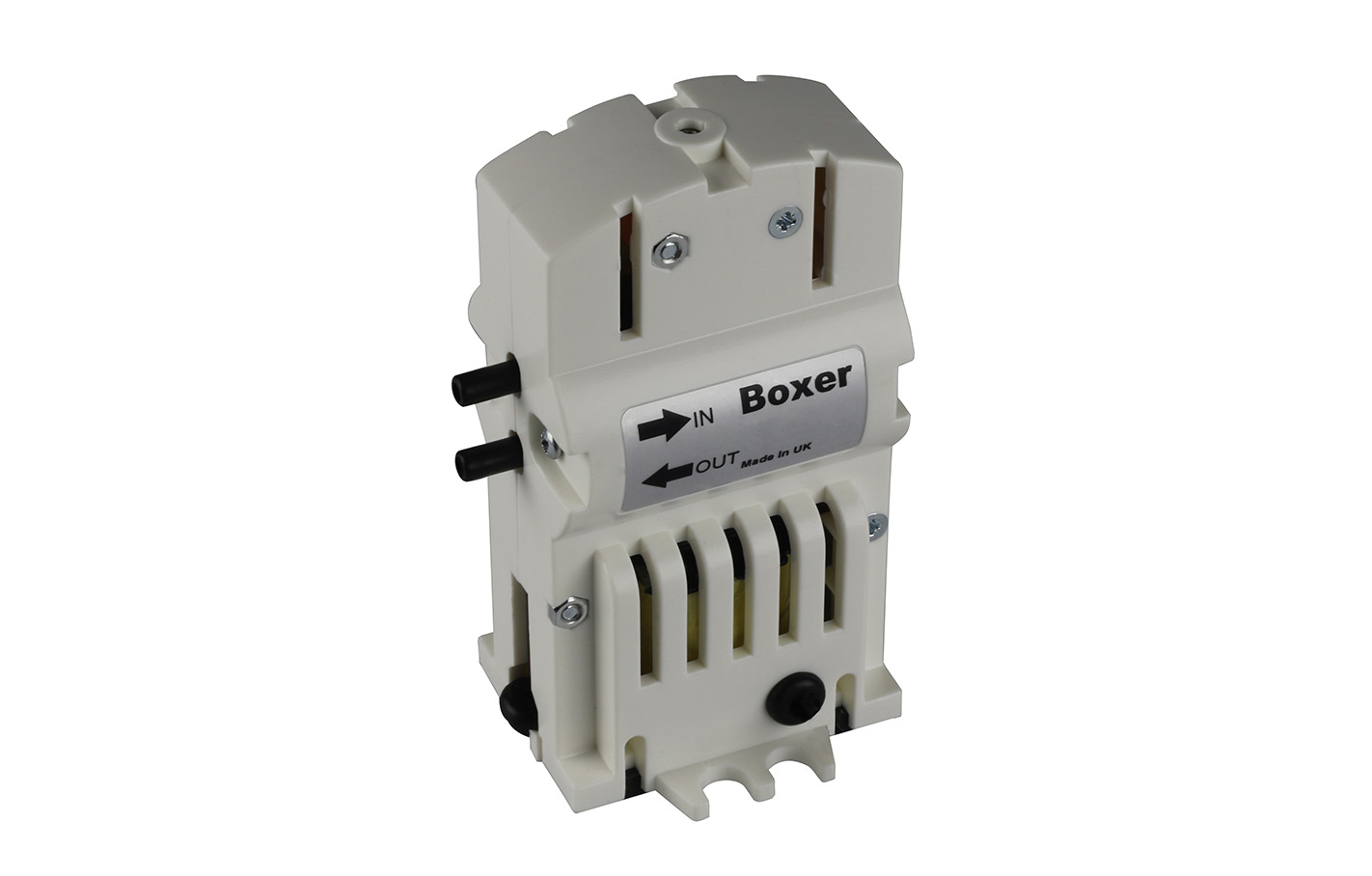
› Flow to 2.7 l/min
› Pressure to +125 mbar
› Vaccum to -140mbar
› Electromagnetic drive
› Extreme long life
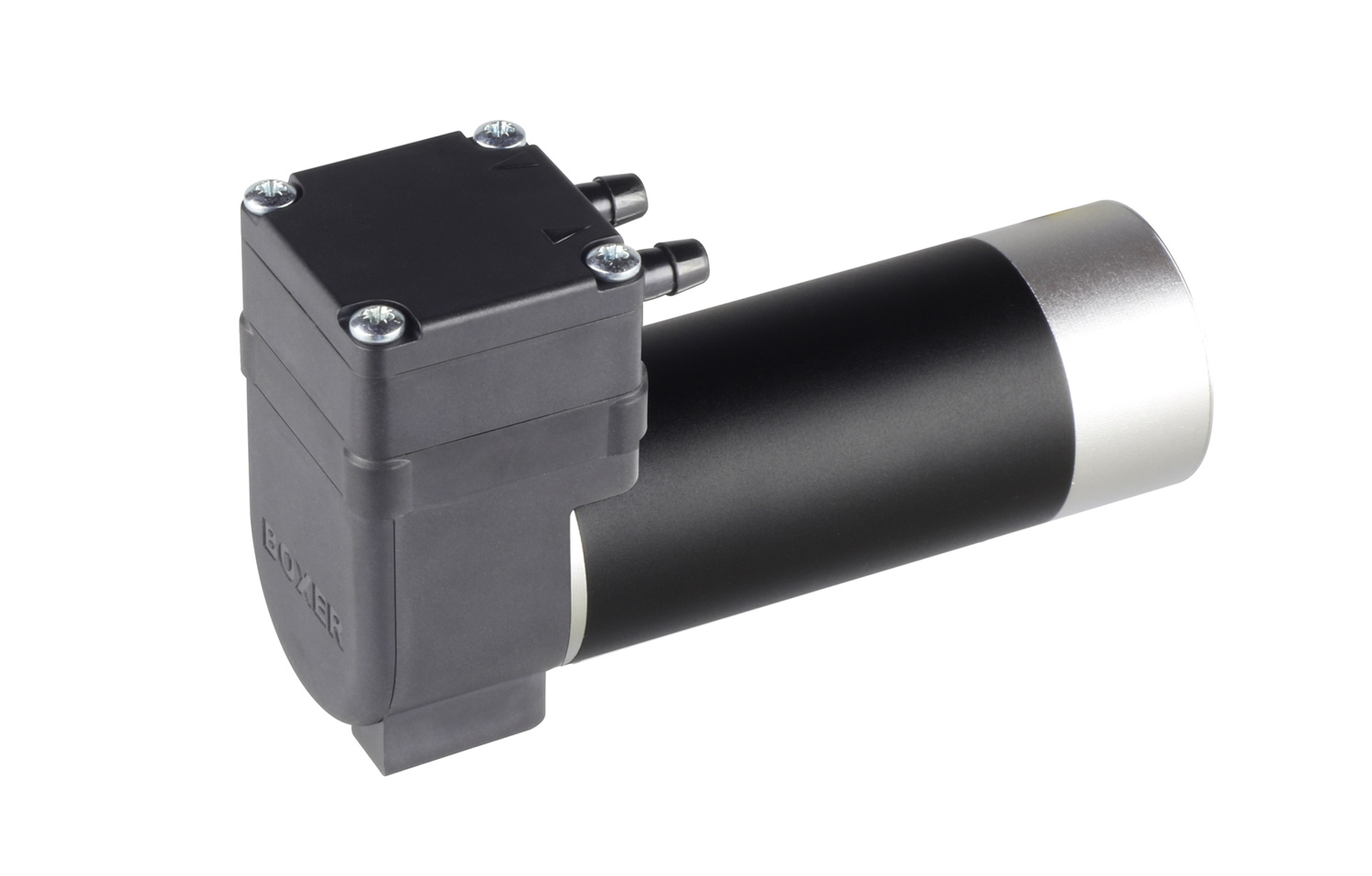
› Flow to 4.3 l/min
› Pressure to +2.0 bar
› Vaccum to -700 mbar
› Brushless / speed control motor option
› Available as liquid pump
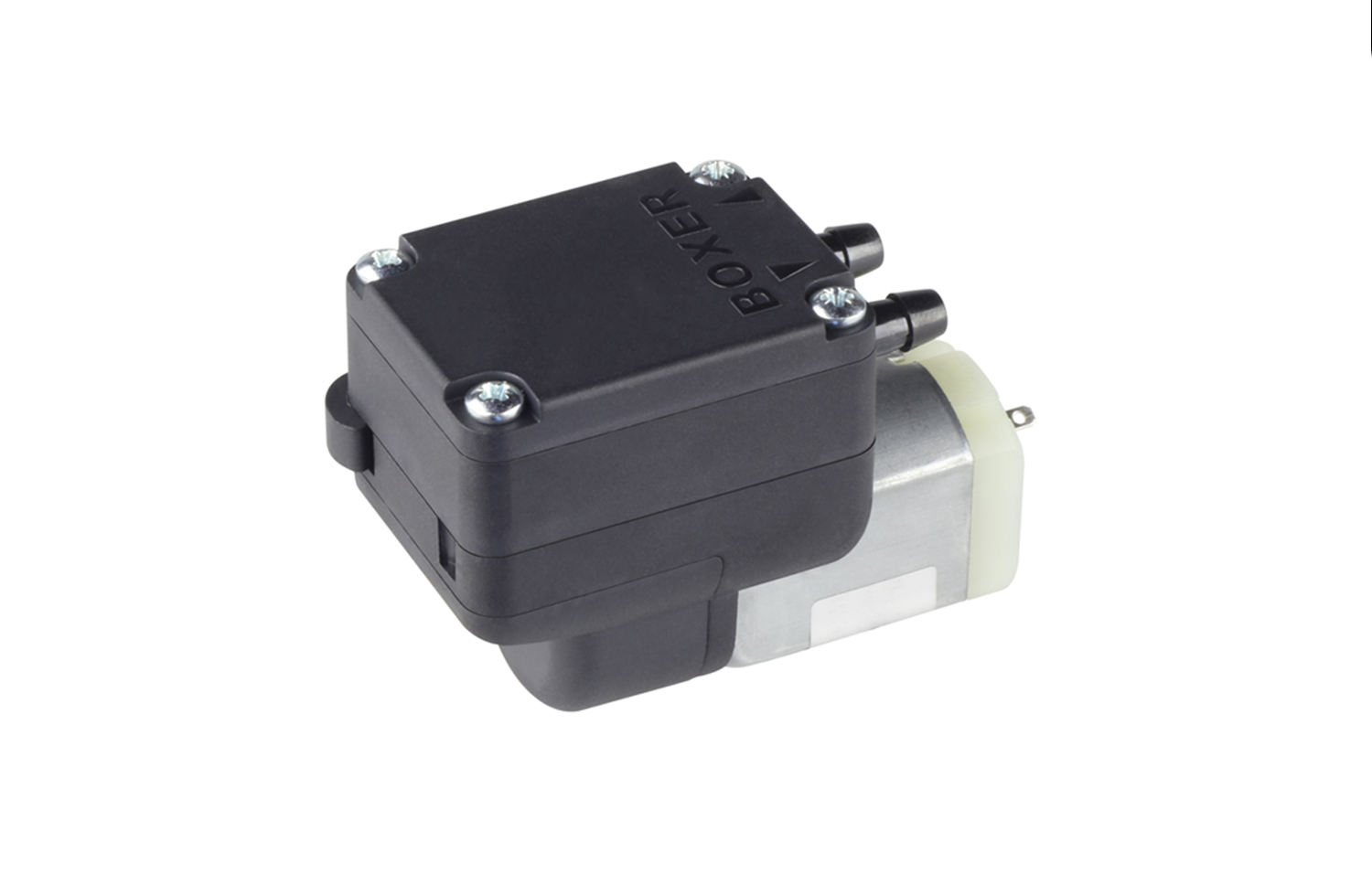
› Flow to 5.7 l/min
› Pressure to +650 mbar
› Vaccum to -500 mbar
› Extremely compact
› Brushless motor option
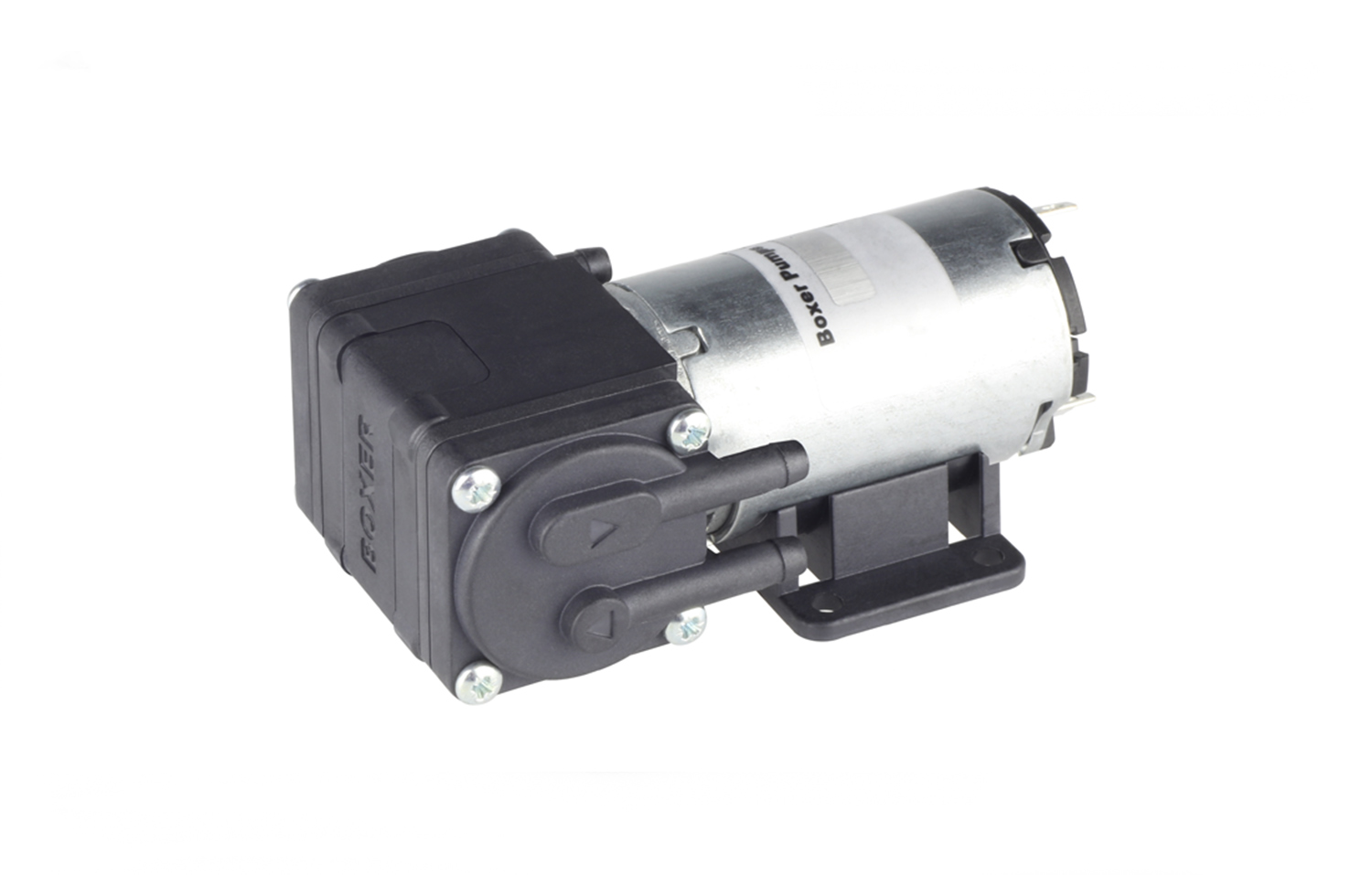
› Flow to 6.0 l/min
› Pressure to +2.1 bar
› Vaccum to -700 mbar
› Compact design
› Series or parallel configuration
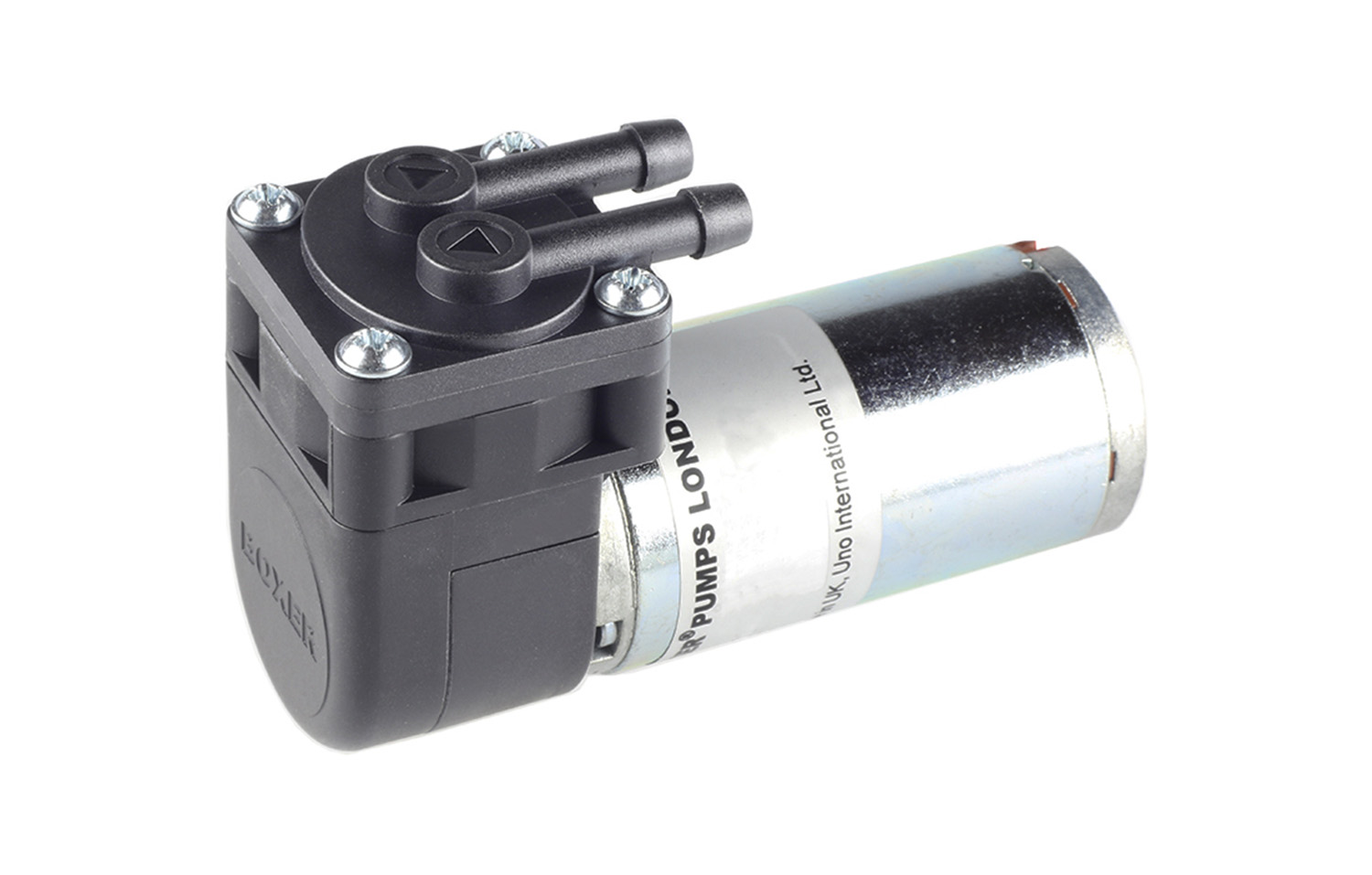
› Flow to 8.5 l/min
› Pressure to +2.0 bar
› Vaccum to -750 mbar
› Robust / versatile
› Available as liquid pump
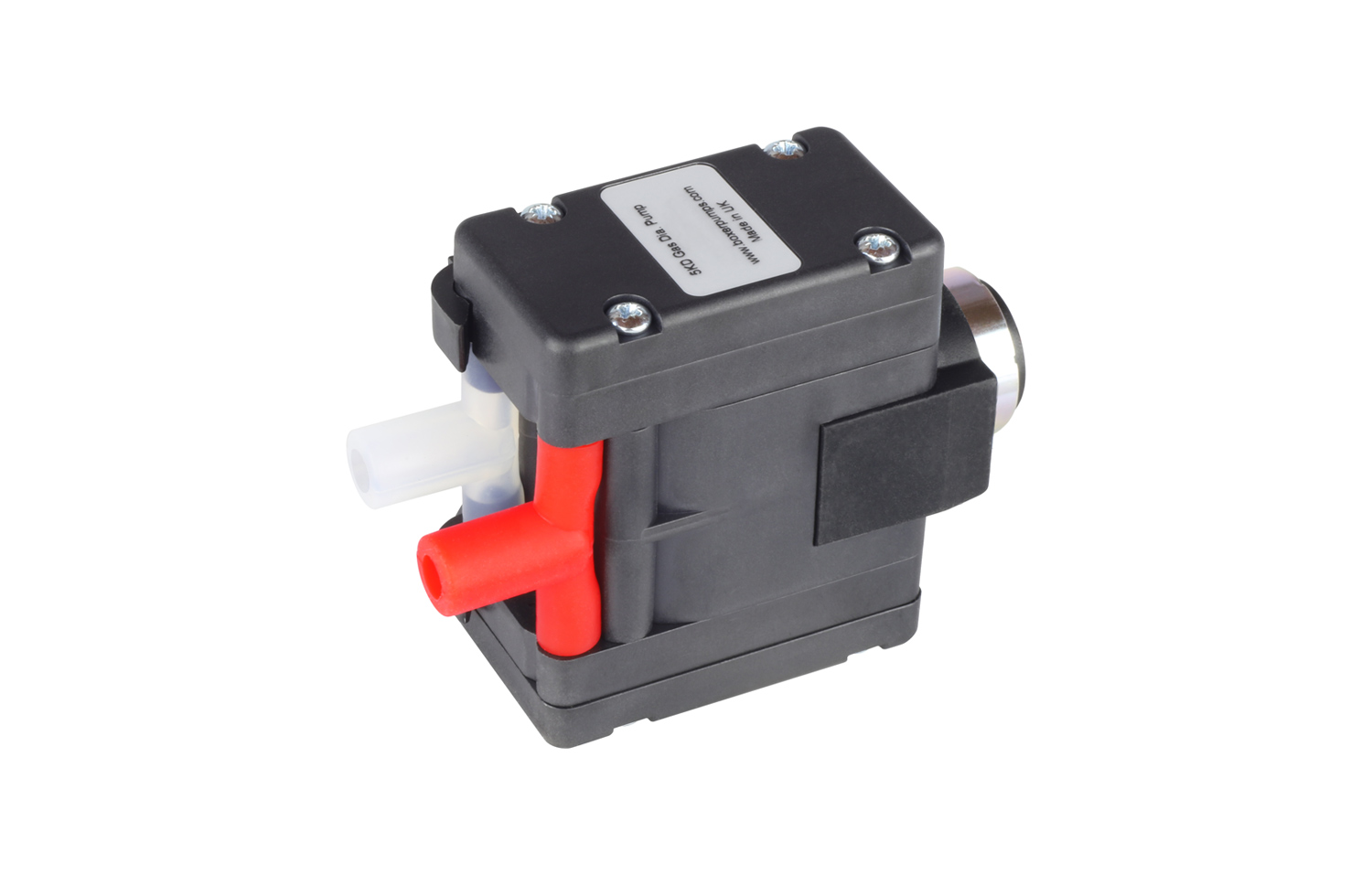
› Flow to 8.5 l/min
› Pressure to +500 mbar
› Vaccum to -400 mbar
› Extremely compact
› Parallel connected heads
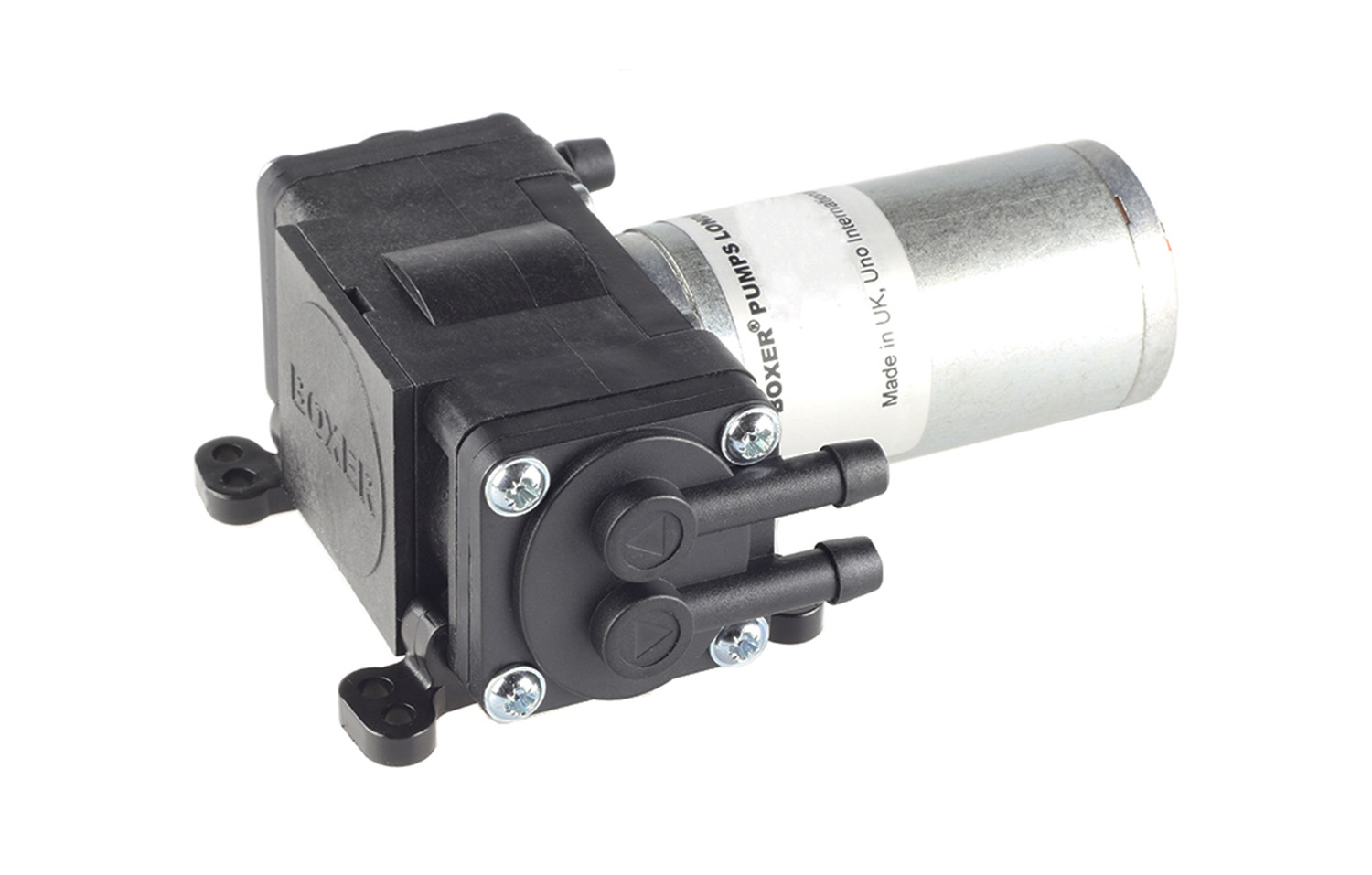
› Flow to 18.0 l/min
› Pressure to +2.0 bar
› Vaccum to -940mbar
› Minimised sound / vibration
› Cost-neutral brushless motor option
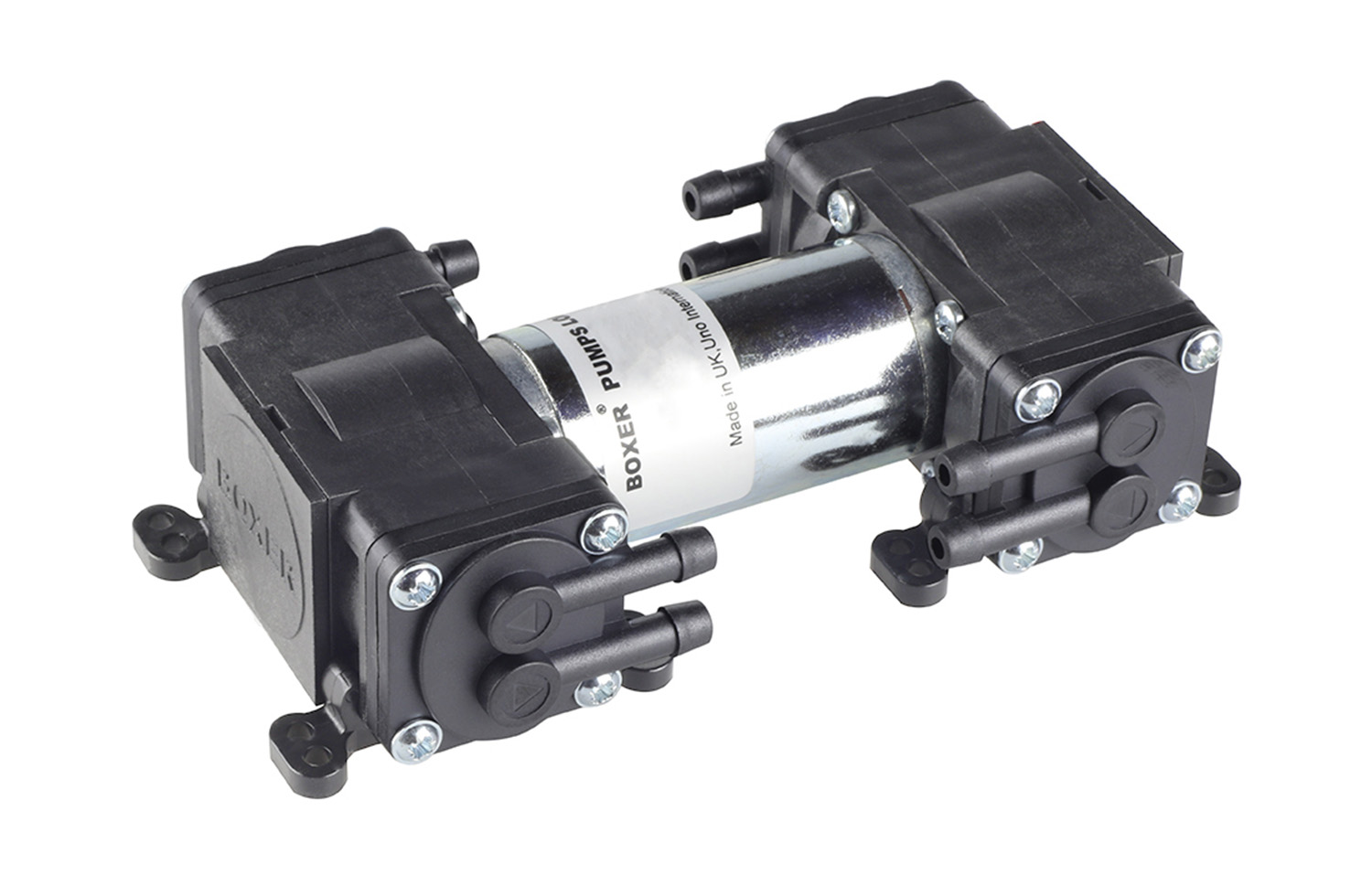
› Flow to 28.0 l/min
› Pressure to +2.0 bar
› Vaccum to -980 mbar
› 4 heads / gas paths
› Cost-neutral brushless motor option
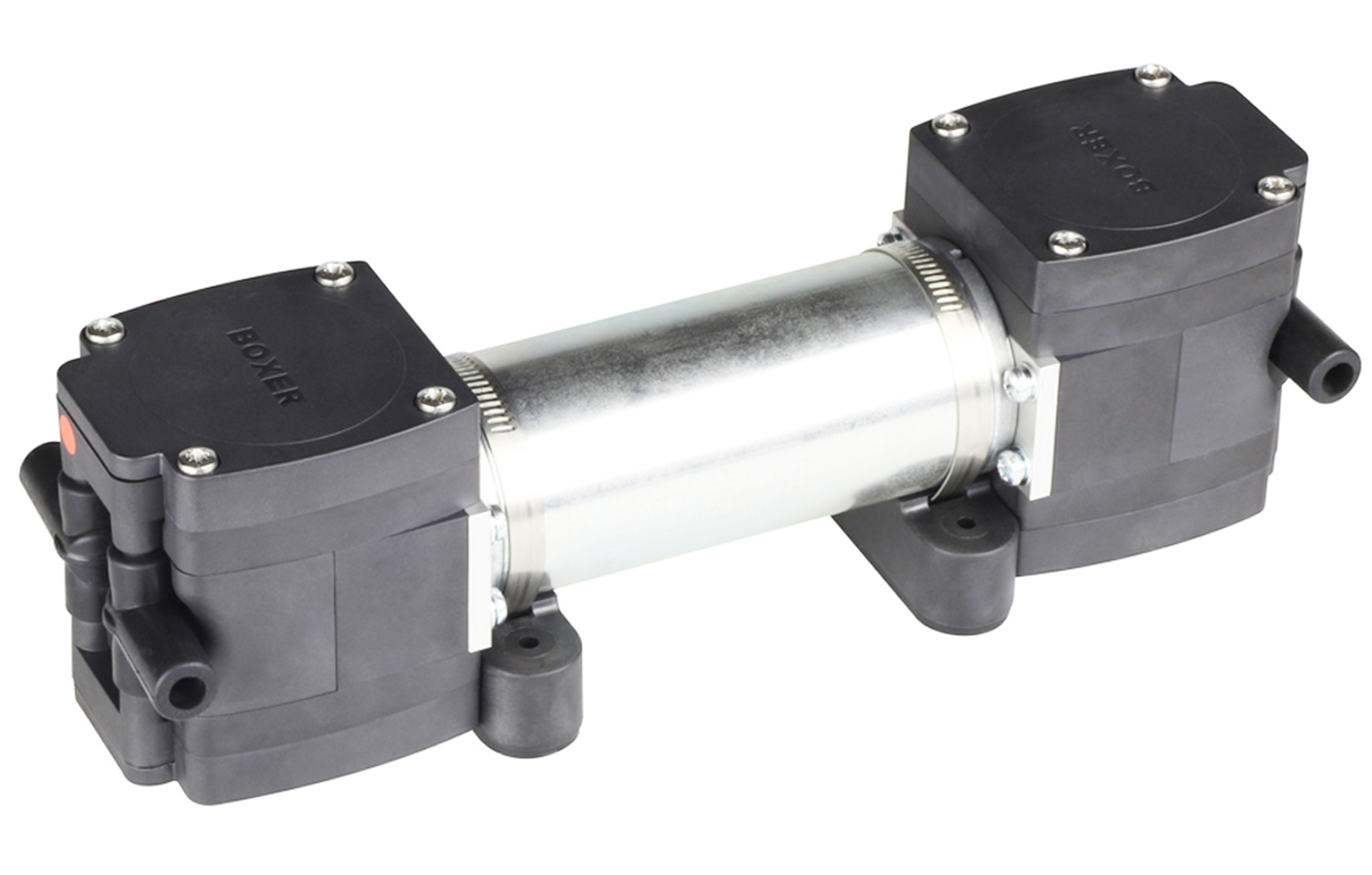
› Flow to 62.0 l/min
› Pressure to +600 mbar
› Vaccum to -850 mbar
› Extremely robust design
› 4 heads with parallel configuration
